Talks
Guest speakers
We are happy to host professors, accademics and other prominent figures working in the fields of Nuclear Physics, Astrophysics and Cosmology. Here you can find the profiles of some of them (constantly updated).
-
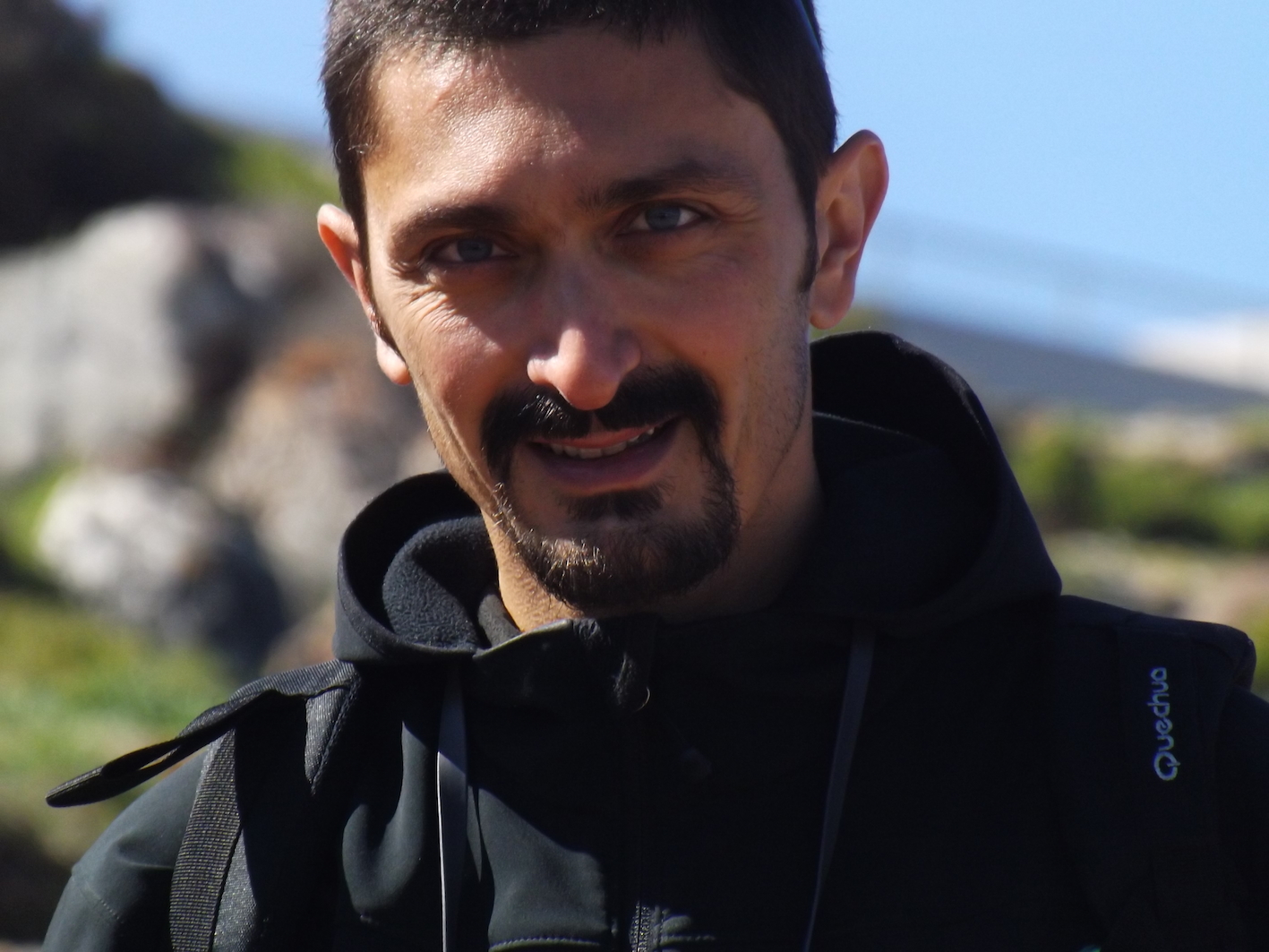 Prof. Fabrizio Petrucci
Prof. Fabrizio Petrucci
Università Roma Tre
Dr. Petrucci is working in Roma Tre University since the year 2003, after getting his PhD, with different position at University or INFN, then as a researcher (since 2008) and finally as a professor (since 2016). He has been local coordinator and member of the National Scientific Committee 1 (Particle physics) of INFN and referee for INFN of some experimental activities. For the department of Mathematics and Physics, he is currently member of the Physics PhD board and deputy for the Infrastructures within the “Excellence Department” project (Dipartimento di Eccellenza). He has always been involved in the study of proton-proton high energy collisions at LHC. In particular, with the ATLAS experiment, he focused on inclusive leptons cross sections measurements and Higgs boson searches and measurements. He built, tested and installed some of the ATLAS muon detectors and he was responsible for the calibrations of the muon detectors in the period 2010-2012. In the last years he's been involved in R&D and construction for the phase-1 upgrades of the ATLAS muon detectors and in the R&D of innovative Micro Patters Gas Detector for tracking under high rates. Recently, his interests are moving to different topics as neutrino physics (with the JUNO experiment) and to the search of Dark Matter exploiting the so called “directionality” (within the CYGNO project).
Particle physics with accelerators: the energy and intensity/precision frontiers; two examples from the activities @ Roma Tre.
-
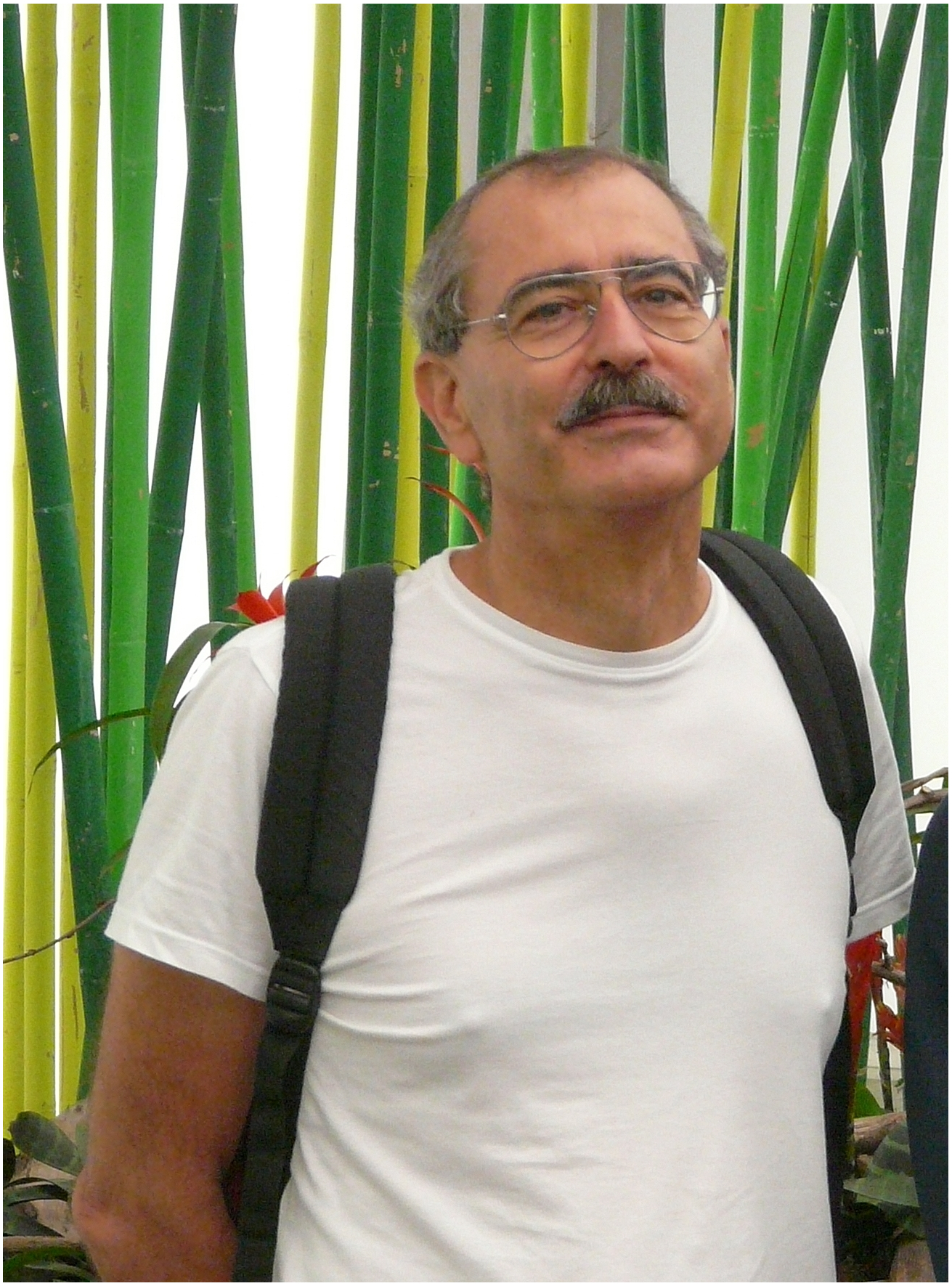 Prof. Severino Bussino
Prof. Severino Bussino
Università Roma Tre
Prof. Bussino graduated in Physics at the Pisa University in November 1980. He got a Postgraduate Degree in Nuclear and Particle Physics in 1984, followed by a PhD in Physics at the Rome University La Sapienza in September 1992. Starting from 2022, he is a Physics Researcher at the Roma Tre University, carrying out experimental scientific activity in the field of Astroparticle Physics, with a special interest for Data Analysis, Monte Carlo simulations and Software Development. Past research activity in the field of Cosmic Rays Physics (Collaborations MACRO and ARGO-YBJ). At the moment he is part of the Collaborations DarkSide and Belle II, with a focus on the search for Dark Matter.
Research Activities in the field of Astroparticle Physics @ Roma Tre
-
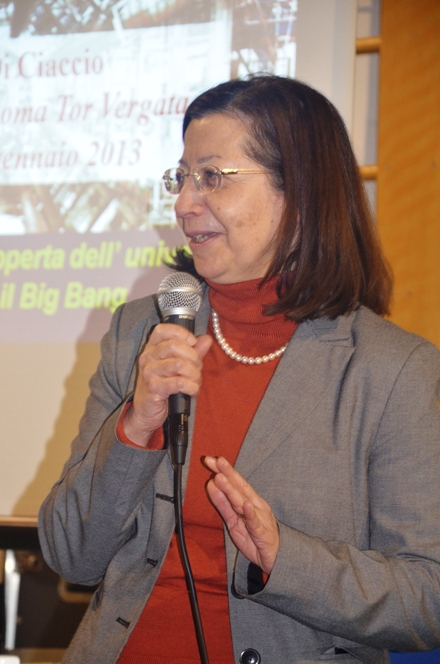 Prof. Anna Di Ciaccio
Prof. Anna Di Ciaccio
Università Roma Tor Vergata
Prof. Anna Di Ciaccio is full professor at the University of Roma Tor Vergata. She has been involved in research in experimental particle physics since 1980. From 1981 till 1983 she was research associate at the Brookhaven National Laboratory, USA. She worked at the Physics Department of the Harvard University in Cambridge and later in the Oak-Ridge American Laboratory to set up a Montecarlo program to simulate the hadron particle interactions. She was fellow at the CERN laboratory in Geneva, participating in several experiments on accelerators to study proton-proton and protonantiproton collision, and pion-nucleon interactions. Since 1992 she is a member of the ATLAS international Collaboration and is the group leader of the research group at the University of Roma Tor Vergata. In the last two years she has contributed to the R&D work for the superB experiment. She is currently teaching to undergraduate and graduate student courses related to the Experimental Technique in Nuclear and Subnuclear Physics and Advanced Particle Physics.
The study of the Universe and Particle Physics
-
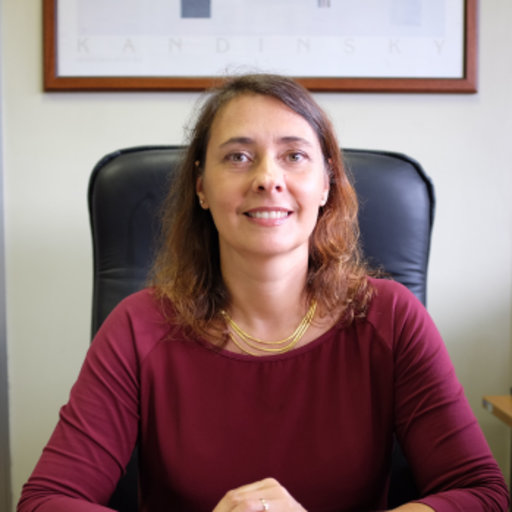 Prof. Annalisa D'Angelo
Prof. Annalisa D'Angelo
Università Roma Tor Vergata
Prof. Annalisa D’Angelo got a Master Degree in Physics at University Rooma La Sapienza, and since 2001 is Associate Professor of Nuclear and Sub-nuclear Physics at University of Roma Tor Vergata. She has devoted her research activity to the study of photo-nuclear reactions with polarized Compton backscattered photon beams at the LADON (Frascati) , LEGS (Brookhaven, USA) and GRAAL (Grenoble) facilities, with the aim of investigating the nucleon baryonic resonances, also using frozen spin polarized HD targets. Since 2009 she has continued the same activity as a member of the CLAS Collaboration (JLAB, USA), where the use of a polarized electron beam extended the research to the study of the internal structure of the nucleon through electron scattering reactions and nucleon-nucleon correlation in nuclei. Since 2013 she is part of the HPS collaboration dedicated to the search of light dark matter at JLAB. In 2016 she also joined the EIC user group.
Baryons spectrum and structure
-
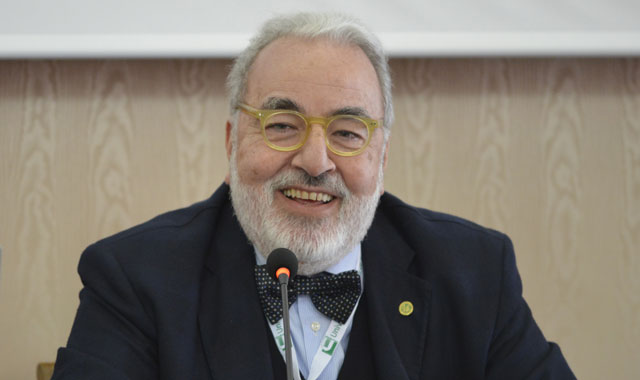 Prof. Vittorio Nicola
Prof. Vittorio Nicola
Università Roma Tor Vergata
Prof. Vittorio Nicola is full professor of Astronomy and Astrophysics at the University of Roma Tor Vergata. He is president of the Coordination Structure of Research Doctorates of Tor Vergata and vice-Coordinator of the Research Doctorates Class of Astronomy, Astrophysics and Space Science. His research interests are correlated to a theoretical activity in cosmology and in galaxy formation. He was Co-I of the ESA/Planck mission, finding definitive results on anisotropies of Cosmic Microwave Background temperature. He is cooperating for the realization of the JAXA/LiteBIRD satellite and he is the Scientific Manager of the ASI/ COSMOS Agreement for the national coordination of Cosmology activities. He is author of more than 200 articles on international magazines, with more than 25.000 quotes. He is a National Partner of the Scienze Academy in Torino, Worthy Partner of the Italian Physics Society (SIF) and he is a member of the European Physics Society (EPS), International Astronomical Union and European Academy of Sciences and Arts.
The Cosmic Background Radiation from Planck to LiteBIRD
-
 Prof. Roberta Sparvoli
Prof. Roberta Sparvoli
Università Roma Tor Vergata
Prof. Roberta Sparvoli is associate professor of Nuclear and Subnuclear Physics at the University of Roma Tor Vergata and she has a research assignment at Istituto Nazionale di Fisica Nucleare (National Institute of Nuclear Physics). She focused her scientific activity on researching Antimatter and Dark Matter signals, and on studying nuclear and isotopic components of Cosmic Rays at high energy. She carried out interdisciplinary research activities conducted in space aboard the two Space Stations MIR and ISS. She participated in space missions like NINA and PAMELA. She currently coordinates a group of about 20 people in the Physics Department of Tor Vergata, whose most important mission is the CES/Limadou Italian-Chinese experiment, which is studying electromagnetic perturbations and ionosphere particles.
Cosmic Rays and Gravitation at the University of Tor Vergata
-
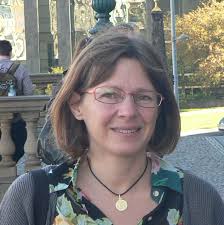 Dr. Paola Gianotti
Dr. Paola Gianotti
Frascati National Laboratory
Paola Gianotti graduated in Physics at the University of Torino with 110/110 cum laude, specializing in Nuclear and Subnuclear Astro-physics. Since 1993 she is a researcher (from 2013 First Researcher) at Laboratori Nazionali of Frascati, where she is currently Research division Manager, Responsible for LNF for the experiment PADME and member of the User selection panel DAΦNE-Luce. In the last 20 years she’s been covering many prominent roles in scientific committees and publishing, such as Referee for the Nuclear Physics Office of USA Energy Department and science Editor of - Frascati National Laboratory, INFN LNF. 2017 Highlights
Frascati National Laboratory - overview of infrastructures and activities
-
 Prof. Ivan De Mitri
Prof. Ivan De Mitri
GSSI & INFN
Ivan De Mitri is Full professor of Experimental Physics of Fundamental Interactions at GSSI, his scientific activity focused since the beginning on astroparticle and neutrino physics. He graduated in Physics at University of Lecce in 1993 and got his PhD in 1997 at University of L’Aquila working within the MACRO collaboration, one of the first generation experiments at Laboratori Nazionali del Gran Sasso (LNGS) studying high energy cosmic rays, atmospheric neutrino oscillations and searching for GUT magnetic monopoles. He then earned an INFN post-doc fellowship at LNGS within the ICARUS experiment, working on the setup for LAr purity monitoring and the detector simulation for atmospheric and long baseline neutrino studies. In 1999 he moved to the University of Salento as assistant (and then associate) professor and joined the study of gamma-ray astronomy and cosmic ray physics with the ARGO-YBJ experiment in Tibet. As member of the INFN National Committee for Technological and Inter-disciplinary Research, he led the INFN Lecce group of the Magic-5 experiment developing Computer Aided Detection systems in medical image analysis. Since 2005 he is a member of the AUGER collaboration, the largest ground based EAS detector for the study of the cosmic ray flux at the highest energies. He lead the INFN Lecce group in the DAMPE experiment, studying galactic cosmic rays and searching for indirect dark matter signatures with a satellite on orbit since December 2015. Since 2011 to 2018 he has been member of the INFN National Scientific Committee for Astroparticle Physics, as coordinator for the activities of the Lecce group. He taught Experimental Methods for Nuclear and Subnuclear Physics, Classical Mechanics and Electrodynamics, and Astroparticle Physics for PhD students. He supervised more than twenty undergraduate/PhD students or post-docs, and has been member of the Board for PhD in Physics at University of Salento. Since February 2018 he is at GSSI, where he teaches Experimental Methods for High Energy Astroparticle Physics. On march 2018 he has been appointed as chair of the GSSI PhD program in Astroparticle Physics, and elected as member of the Academic Senate of the same institution.
Atroparticle Physics: research activity and PhD program at GSSI
-
 Dr. Marcello Messina
Dr. Marcello Messina
Gran Sasso National Laboratory
Dr. Marcello Messina started his scientific carrier on CHORUS experiment where he did his Master thesis and PhD thesis on neutrino oscillation. Subsequently he had different coordination positions in the ICARUS while he was PostDoc at ETHZ and in the T2K experiment while he was Oberassitent at the University of Bern. From 2011 he expanded his scientific interests in the field of direct search fro Dark Matter joining the XENON1T experiment with a position of Research Scientist at the Columbia University. He has been the coordinator of the R&D that brought to the construction of the XNON1T experiment, of which he was appointed as commissioning manager. In 2017-2018 he moved on a position of Senior Research scientist at the New York University in Abu Dhabi. In this period he was appointed as Technical Coordinator of the XENONnTexperiment. On May 2019 he came back to Italy on the position of Primo Ricercatore INFN. He is presently one of the Spokesperson fo the PTOLEMY project devoted to relic neutrino search.
Dark Matter
-
 Dr. Laszlo Csedreki
Dr. Laszlo Csedreki
Gran Sasso National Laboratory
Dr. László Csedreki graduated in Environmental Science at the University of Debrecen and he began his scientific carrier in the Institute for Nuclear Research (Atomki), Debrecen, Hungary in 2009. As a physicist, he acquired broad experience in the field of Ion Beam Analysis (IBA) regarding the development and application of IBA techniques, and the measurement of nuclear reaction cross-sections for analytical purposes. He received his PhD in 2015 at University of Debrecen. He is currently a Post-doctoral Researcher at the Gran Sasso Science Institute (GSSI) and since 2016, he is working in the Laboratory for Underground Nuclear Astrophysics (LUNA) collaboration, which focuses on the fusion reactions, contributing to the chemical elements synthesis and energy production of stars. This activity is based on the world-leading underground accelerator laboratory in the Gran Sasso National Laboratory (INFN LNGS), Italy, which is the largest underground research center of the world. Recently, he focuses on the direct measurement of the 13C(α,n)16O nuclear reaction down to its Gamow window, which work is essential to the complex understanding of the astrophysical s-process. That process is responsible for the production of about half of the heavier elements above the iron group.
Nuclear Matter
-
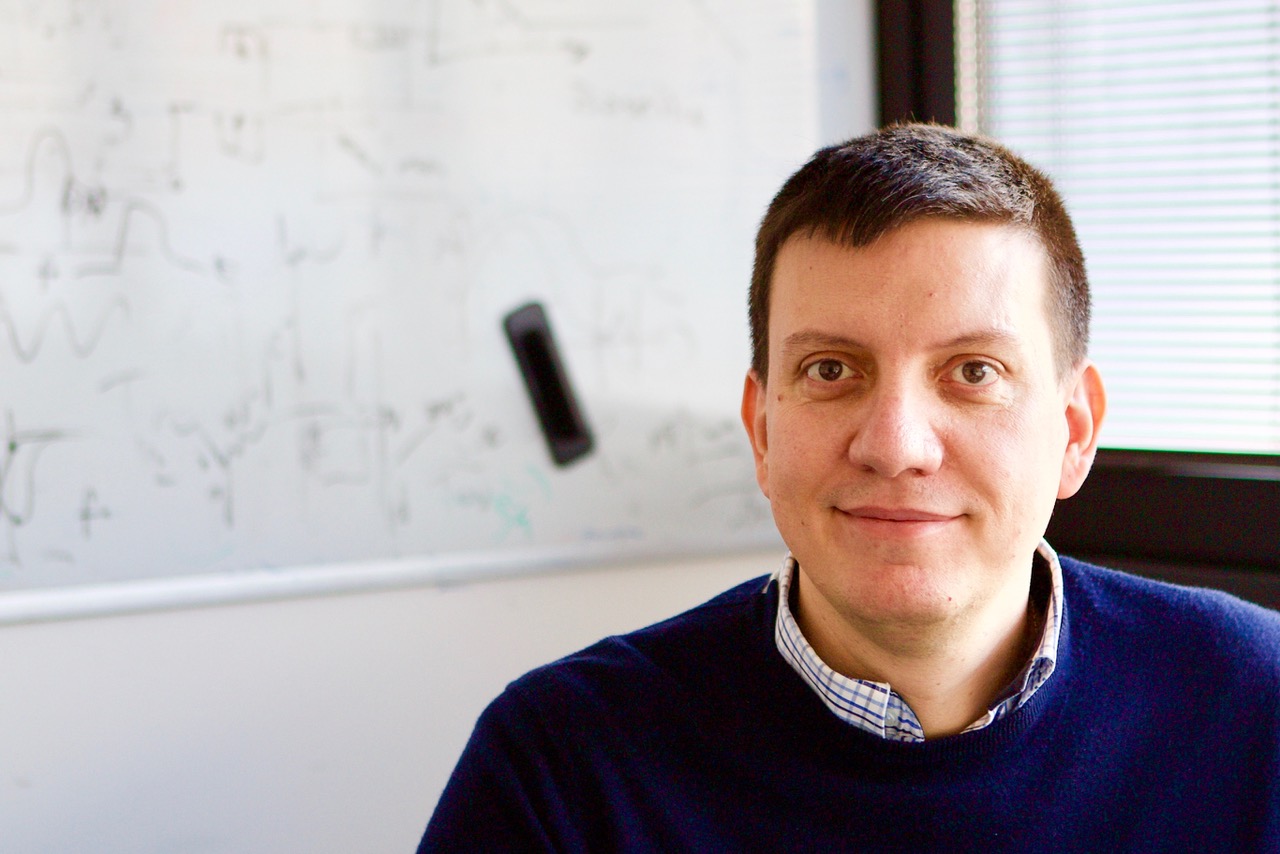 Paolo Gorla
Paolo Gorla
Gran Sasso National Laboratory
Paolo Gorla is a staff scientist at Laboratori Nazionali del Gran Sasso (LNGS) - Istituto Nazionale di Fisica Nucleare since 2015. He got his undergraduate degree in Physics in 2002 from University of Milano and his Ph.D. in 2005 from University of Milano-Bicocca. From his undergraduate thesis he started working at LNGS, studying the properties of neutrinos. Today his main scientific commitments are the CUORE experiment, to search for the Majorana nature of the neutrino, and in the CRESST experiment, to search the Dark Matter of the universe.
Double Beta Decay
-
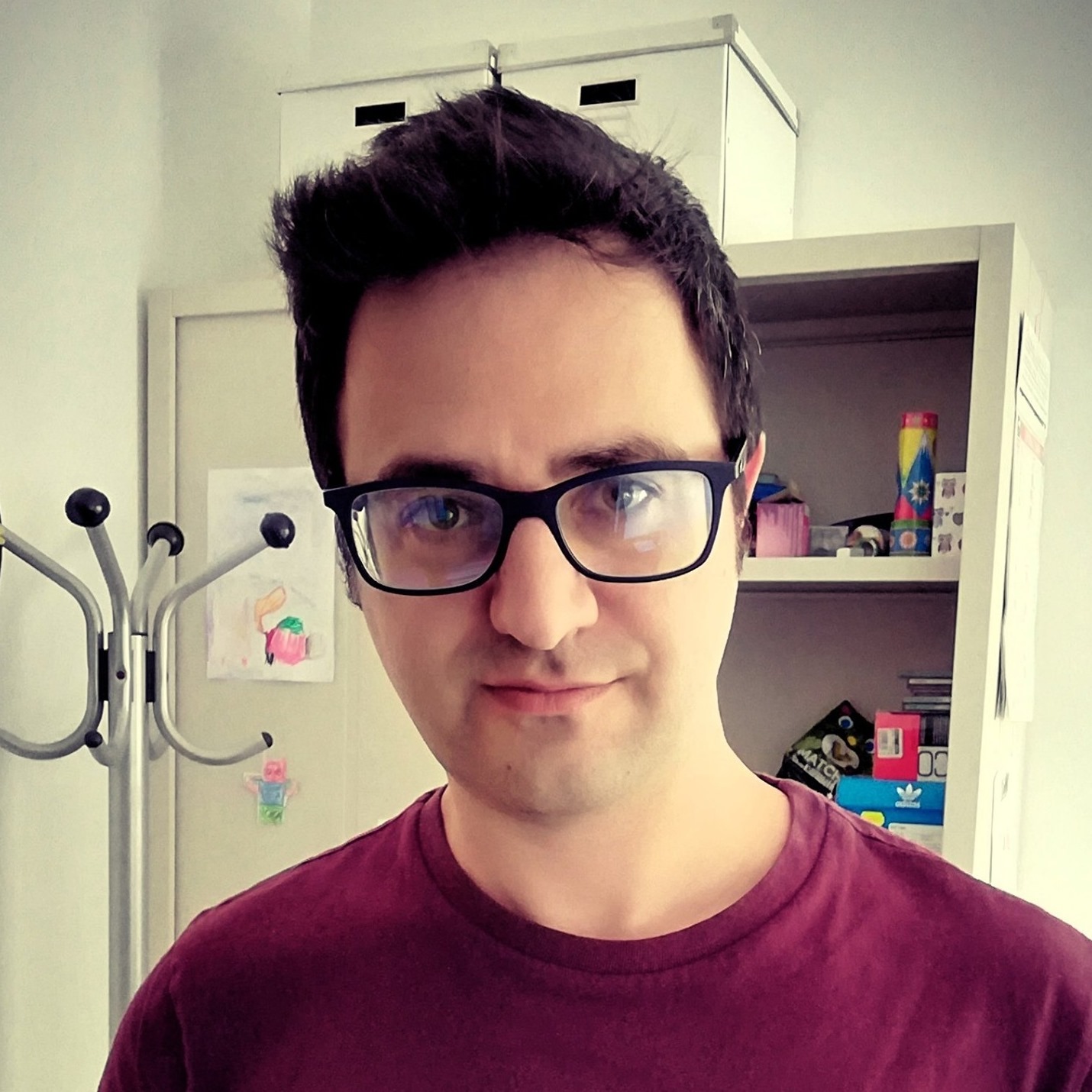 Dr. Nicola Rossi
Dr. Nicola Rossi
Gran Sasso National Laboratory
Dr. Nicola Rossi graduated in physics at the University of L'Aquila with 110/110 cum laude and obtained his PhD in 2008 in the same institute. Since 2014 he is a INFN researcher (from 2016, staff researcher). His past and present research interests are mainly focused on experimental neutrino physics and dark matter direct search. In particular, solar neutrino physics with liquid scintillator, with specific interest in the pp-chain neutrinos detection and CNO neutrino detection strategy development in BOREXINO; cosmic neutrino background detection withtritium in PTOLEMY; dark matter direct detection with double phase liquid argon TPC in DarkSide-50 and DarkSide-20k; dark matter directionality within the ReD project; finally, dark matter direct detection with NaI crystals with SABRE and with the LArNaI INFN R&D project.
Neutrino Physics